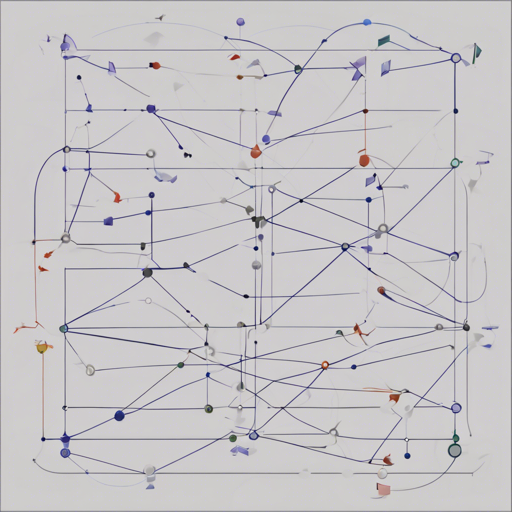In the realm of artificial intelligence and machine learning, transforming structured documents into graphs represents a cutting-edge methodology for information extraction. This blog will guide you through the process of converting structured documents into graphs using a Graph Convolutional Neural Network (GCN) aimed at node classification.
Understanding the Project
The goal of this project is to classify nodes within a graph derived from structured documents. Each node corresponds to an entity within the document. Think of these entities as individual stations on a train map, where each station is connected by tracks, representing relationships and information flow between them.
Setting Up Your Environment
Before diving into the code, you need to set up your environment. Make sure you have the required libraries, especially Tensorflow 1.8, since it’s crucial for implementing the Graph Convolutional Neural Network.
Code Walkthrough
The core functionality of this project lies within the grapher.py file. Let’s break down how to convert a structured document into a graph using an analogy:
- Imagine you are at an art gallery where each painting represents an entity in the structured document.
- The
grapher.pyscript acts as a curator, organizing these paintings into a coherent exhibition. - It uses an object map, generated by a commercial OCR tool, which includes bounding-box coordinates of each entity (painting) in the image along with the recognized text.
- As the curator, the script identifies the nearest paintings to the right and beneath each one and connects them with a virtual string (edges). This generates a graph that visually represents the relationships among entities.
The script produces two important outputs: object_tree.png and connections.csv. The first visualizes the structure, while the latter contains data about the connections between nodes.
# Sample Code from grapher.py
import matplotlib.pyplot as plt
import pandas as pd
# Function to create graph
def create_graph(object_map):
# Logic to create graph using object_map
pass
# Load OCR output and Create Graph
object_map = pd.read_csv('ocr_output.csv')
create_graph(object_map)
plt.savefig('object_tree.png')Graph Convolution Model
Although the Graph Convolution Model is still in progress, it is built using Tensorflow 1.8. For those interested in further details, you can find more information in the associated research paper.
Troubleshooting Tips
If you run into issues while implementing this project, here are a few troubleshooting ideas:
- Issue: Error in loading the object map data.
Solution: Ensure that your OCR output is correctly formatted as a CSV file. - Issue: Graph image doesn’t generate or is empty.
Solution: Double-check the connection logic in thecreate_graphfunction. - Issue: TensorFlow installation issues.
Solution: Confirm you have installed TensorFlow version 1.8 specifically, as newer versions may be incompatible.
For more insights, updates, or to collaborate on AI development projects, stay connected with fxis.ai.
Conclusion
By following the above steps, you can effectively convert structured documents into graphs and begin utilizing graph convolutional networks for node classification. This innovative approach has far-reaching implications for information extraction, paving the way for more intelligent systems.
At fxis.ai, we believe that such advancements are crucial for the future of AI, as they enable more comprehensive and effective solutions. Our team is continually exploring new methodologies to push the envelope in artificial intelligence, ensuring that our clients benefit from the latest technological innovations.

